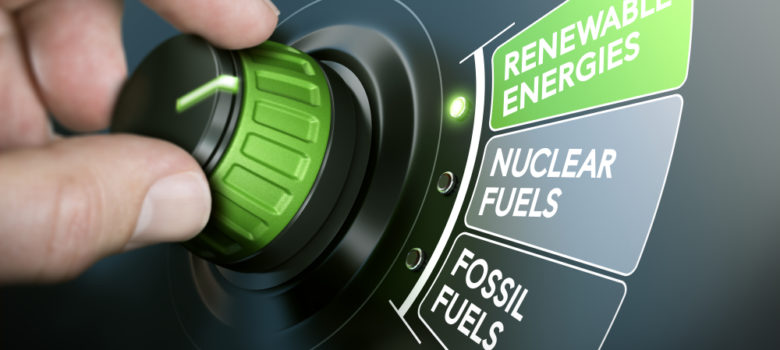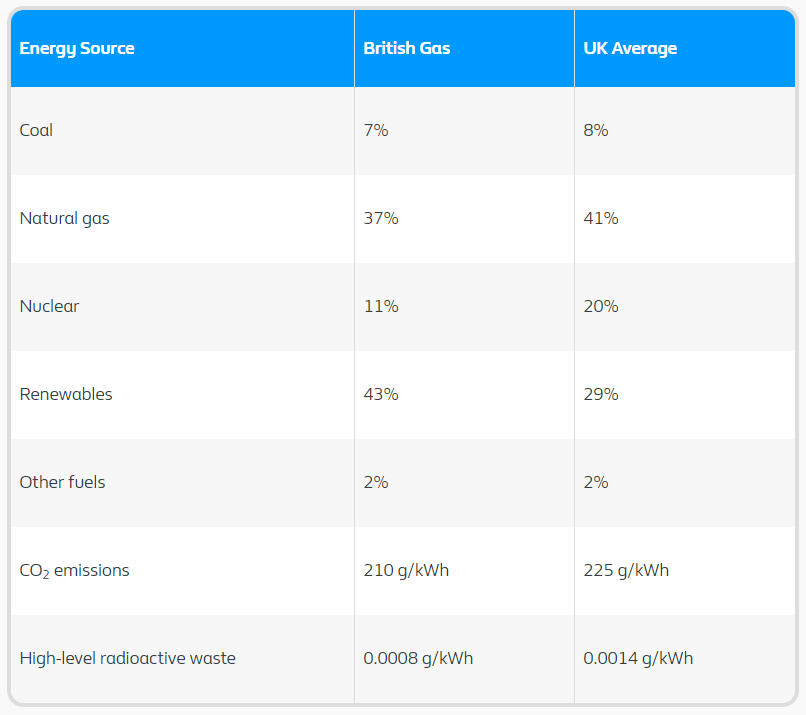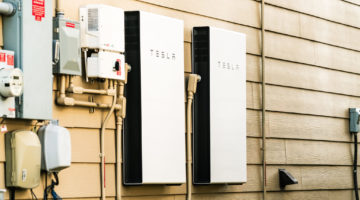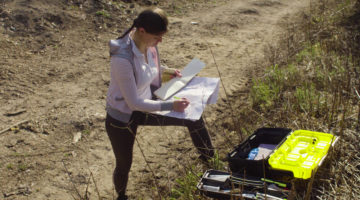
Generating renewable energy
Renewable energy is a handy term to describe a vast number of different technologies. From solar power to tidal energy, the renewable umbrella covers anything that harnesses energy from a source that is replenishable. In the UK, we have many sources of renewable power, but the majority of our clean energy comes from wind, hydroelectric, solar, and biomass.
So what makes these sources of electricity so pricey?
Cost of Installation
The cost of actually putting together a renewable energy plant has historically been very high. Back when renewable energy was more of a fringe idea than a national necessity and the demand for it was smaller, there were far fewer companies manufacturing the component parts for, say, a wind turbine or a solar cell. The technology was less developed and more expensive, and a lack of market pressure allowed prices to remain high. Over recent years, this has changed.
As soon as a technology takes off and there is money to be made by pursuing it, more scientists and engineers begin working on improving it and bringing down the cost of manufacture. At the same time, more companies spring up looking to cash in, forcing the market price down. This is perhaps the biggest factor in bringing down the price of renewable energy. It seems like a paradox, but the more we invest in it, the cheaper it becomes.
Logistics
Once the plants are up and running, there’s the problem of logistics. Let’s use the example of a wind farm. To catch the most wind we put our turbines up in the mountains of North Scotland, or off the coast somewhere remote and breezy. Choosing these sorts of locations helps to maximise the amount of energy we’re producing, but it also means putting in place expensive infrastructure to transport the energy from these remote locations into our homes. It’s the same problem for the vast majority of renewable energy sources.
As with the falling installation costs, the infrastructure used to transport and store the energy generated by renewables is getting cheaper as technology progresses. This is primarily down to the higher focus and priority being put on green technologies and slowing climate change.
Politics
The politics of renewables are wrapped up in economics and public perception, but essentially the problem boils down to two points.
First, politicians are unwilling to fund projects that they don’t think the public will support, so it’s only when green energy becomes popular that they’re willing to spend the money on the necessary infrastructure.
Secondly, it requires reallocating subsidies that have traditionally been given for things like coal and oil and gas. Redistributing this funding and making changes to fundamental policies are difficult to push through. Nevertheless, these policies are massively important to the consumer cost of renewable energy vs. fossil fuel sources. It’s taken some time, but governments are slowly implementing more and more policies that favour green energy and direct more money into growing our national stake in renewables. Take a look into the Renewables Obligation for a good example of one such policy. Schemes like this are increasing investment in renewable energy, and are helping to significantly drive down the cost of consumer use.
Green energy tariffs
Green energy tariffs are plans designed to promote renewables. Contrary to popular belief, this doesn’t mean that everyone on a green energy plan is using renewably generated electricity, that’s just not how the National Grid works. It you’re on a green energy tariff but live next to a coal plant, then your energy will be sourced from there. However, the equivalent amount of energy you use will be put back into the Grid from renewable sources. What a green energy tariff really does is create a commitment for the energy supplier to generate more energy from renewables, equivalent to the amount you use.
Due to their nature, green energy tariffs do tend to cost a little more. That said, as wholesale renewable energy costs drop, so do the cost of green energy tariffs. It’s not unusual any more to find that a green energy tariff could save you money. You can find out if switching to a green tariff is the best option for you by looking at our switching page here.
Other energy tariffs
One of the biggest surprises for many people is how much of their energy supply already comes from renewables. Even those households not on a green energy tariff may find that a significant portion of their energy comes from renewable sources as standard.
Each energy company has a different fuel mix, which they are obligated to publish by law, but they vary massively between suppliers. Some of the smaller companies with focuses on green energy have a fuel mix of up to 100% renewable energy, however tariffs tend to be higher for this. Based on figures published by energy companies and collated by electricityinfo.org, the Big 6 energy companies have varying levels of renewables in their fuel mix, with British Gas consistently ranked the highest among them by a significant margin. The table below shows their fuel mix from 1st April 2017 to 31st March 2018.
This means that, if you’re on a British Gas standard tariff, there’s a very good chance that a decent percentage of your energy is coming from renewable sources. Your precise fuel mix will be dependent on where you live, but looking at the nation as a whole, even companies as big as British Gas are able to source 43% of their energy from renewables while still maintaining competitive market prices.
It all goes to show how the cost of renewable energy is changing, and how an increased commitment to investing in the necessary infrastructure is helping to make ‘going green’ cheaper for all of us.













One Comment